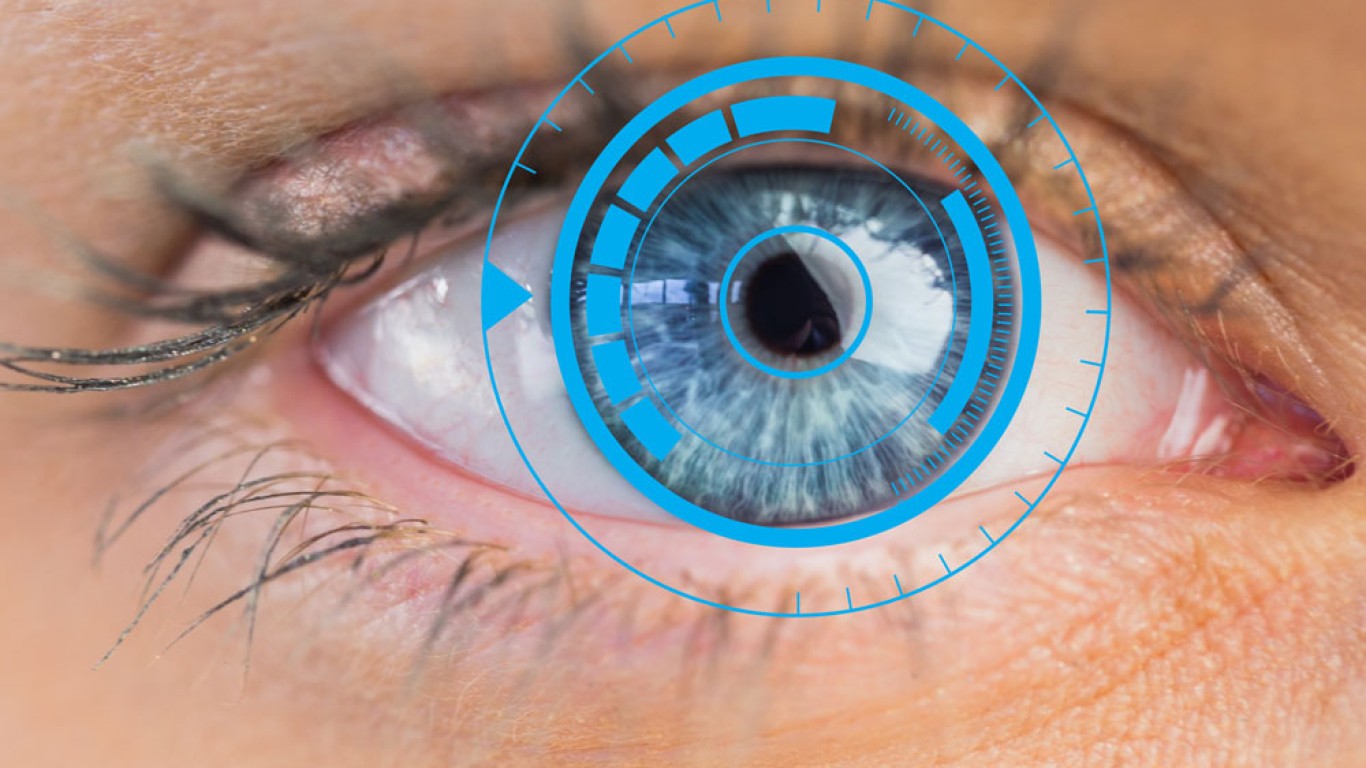Introduction
LASIK offers lasting vision correction, but some people experience changes years after surgery. If your eyesight worsens after LASIK, you might wonder: can it be done again? This article explains when and how a second LASIK procedure may be possible, and what you should know before considering it. Understanding your options will help you decide on the best next step for your vision.
What Is LASIK?
LASIK, or Laser-Assisted In Situ Keratomileusis, is a type of laser eye surgery. It reshapes the cornea to correct common vision problems like short-sightedness, long-sightedness and astigmatism. The procedure takes just minutes and offers fast recovery, with many patients seeing clearly within a day. Because it permanently changes the shape of the cornea, LASIK often removes the need for glasses or contact lenses. However, although results are long-lasting, they are not always permanent.
Why Vision May Change After LASIK
Even after successful LASIK, your eyes can change due to natural ageing or other factors. Here are common reasons:
- Presbyopia: A natural ageing process that affects near vision after age 40.
- Cataracts: Clouding of the eye’s lens, affecting overall clarity.
- Regression: A mild return of the original vision issue.
- Eye injuries or conditions: New health concerns may influence vision stability.
Importantly, changes do not mean the first surgery failed. Instead, they reflect normal progression over time.
Is It Safe to Repeat LASIK?
In many cases, yes—LASIK can be safely repeated. This is often called a “LASIK enhancement” or “touch-up.” It’s designed for people whose vision has changed slightly and who meet certain health criteria. However, your surgeon must confirm whether you’re a good candidate. The most important factor is corneal thickness. The cornea must have enough tissue left for further reshaping.
Other safety considerations include:
- Time since the first surgery
- Stability of your current vision
- Absence of eye diseases like glaucoma or dry eye syndrome
How Long Should You Wait Before Considering a Repeat ?
If you notice blurred vision soon after your first LASIK, don’t rush into a second procedure. Your eyes need time to heal fully and for your vision to stabilise. Most surgeons recommend waiting at least three to six months. In cases of age-related changes, such as presbyopia, an enhancement might not help. Instead, you may need reading glasses or a different procedure like monovision correction. Your eye specialist will monitor your vision during this period to see whether an enhancement is appropriate.

What Happens During LASIK Enhancement?
A LASIK enhancement is quicker than the initial surgery. If the original flap in the cornea is intact, it can often be lifted again without creating a new one. The laser is used to adjust the corneal shape, just like before. The procedure usually takes less than 10 minutes per eye. Recovery tends to be even faster, with many patients returning to normal routines within one or two days. Nevertheless, just like the first time, you’ll need to avoid rubbing your eyes and follow post-op instructions carefully.
How Effective Is Repeat LASIK?
Enhancement surgeries are typically very effective. According to studies, 90–98% of people who undergo a repeat LASIK regain clear, stable vision. That said, results vary based on age, corneal health and the amount of correction needed. Patients with only minor regression usually see better results than those with major changes. Similarly, those who follow post-surgery care guidelines tend to have smoother recoveries. Though a second LASIK is often successful, it is not always the right choice for everyone.
When Is LASIK Not Recommended Again?
There are some situations where another LASIK procedure may not be safe or effective.
These include:
- Thin corneas: If not enough tissue remains, the risk of complications increases.
- Severe dry eyes: LASIK can worsen dryness.
- Age-related changes: Presbyopia or cataracts may be better addressed through other treatments.
- Irregular corneas: Existing issues like keratoconus could disqualify you.
In these cases, alternative treatments may include PRK (Photorefractive Keratectomy), implantable lenses or cataract surgery.
What Are the Alternatives to a Second LASIK?
If another LASIK isn’t possible, there are other ways to improve your vision.
These options include:
- PRK: Uses a laser to reshape the cornea without creating a flap.
- Refractive lens exchange (RLE): Replaces your eye’s lens, ideal for those over 45.
- Phakic intraocular lenses: Implanted in the eye to improve focus.
- Wearing glasses or contacts again: Sometimes the simplest choice.
Your surgeon will recommend the best approach based on your age, lifestyle and eye condition.
Benefits of Repeat LASIK vs. Alternatives
A second LASIK offers many advantages, including:
- Short recovery time
- No need for new incisions
- Immediate improvement in most cases
- Outpatient procedure with minimal discomfort
However, alternatives like RLE or PRK might be better if your eyes have changed significantly. Each option has its pros and cons, so personalised advice is crucial.
Steps to Take If You’re Considering Another LASIK
If you’re thinking about another LASIK, here are key steps to follow:
- Schedule an eye exam: Get an up-to-date evaluation.
- Discuss expectations: Know what the second surgery can and cannot fix.
- Ask about corneal thickness: This determines your eligibility.
- Understand all options: Explore alternatives, especially if over 40.
- Check your provider’s experience: Choose a surgeon skilled in enhancements.
Clarity around these areas ensures you make a safe and informed decision.
Conclusion
LASIK provides lasting results for many patients, but some may need enhancements down the line. If your vision changes, a repeat LASIK could restore clarity—provided you meet the right criteria. Always consult with a trusted eye surgeon who can assess your cornea. They can discuss options and help you choose the safest path forward. With the right plan, you can enjoy sharper vision again—without starting the process from scratch.
For more information on LASIK and to book a consultation visit the ACIBADEM Beauty Center Laser Eye Surgery webpage.
Frequently Asked Questions
Most patients can safely have LASIK once or twice, depending on corneal thickness.
It usually isn’t, as LASIK is considered elective. However, some clinics offer reduced rates.
If your vision declines and glasses feel necessary again, consult your surgeon for an evaluation.
Not necessarily. With proper screening, enhancement procedures are generally safe and effective.
Yes, especially if you're over 40. LASIK doesn’t stop age-related presbyopia.













